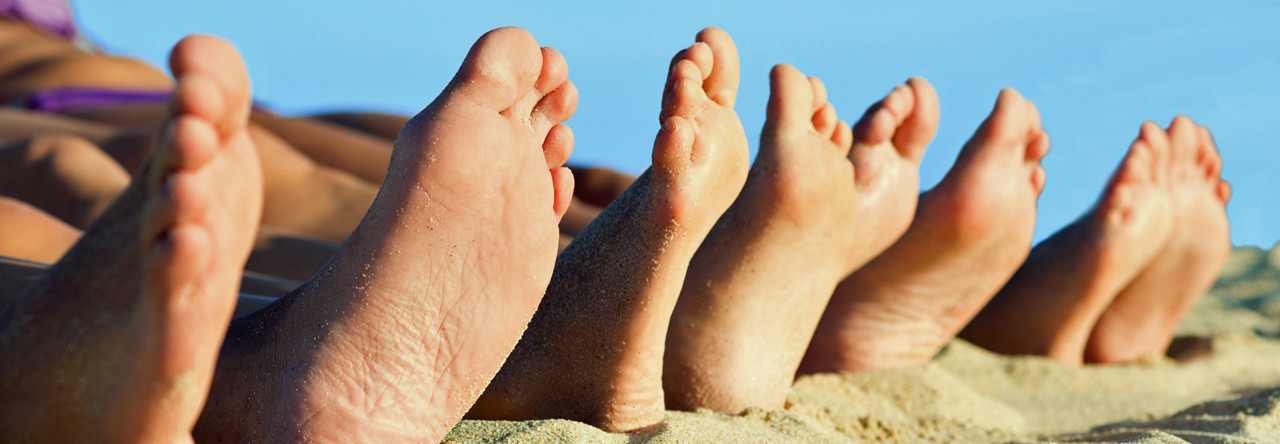Athlete’s foot is a very common skin condition, in fact many people will develop it at least once. However it is uncommon in women and children.
Moisture, sweating and lack of proper ventilation of the feet is the perfect environment for the fungus of athlete’s foot to grow. Athlete’s foot should not be ignored–it can be easily treated, but it also can be very resistant to treatment. Not all fungus conditions are athlete’s foot. Other conditions, such as disturbances of the sweat mechanism, reaction to dyes or adhesives in shoes, eczema, and psoriasis, may mimic athlete’s foot.
Athlete’s foot affects people in different ways. Itching, scaling, peeling and cracking of the skin between the toes, and redness, scaling and even blisters on the soles and along the sides of the feet are common symptoms. Additionally, toenail infections sometimes go along with athlete’s foot.
Athlete’s foot can spread to the soles of the feet and toother parts of the body, notably the groin and underarms, by those who scratch the infection and then touch themselves elsewhere. The organisms causing athlete’s foot may persist for long periods. Consequently, the infection may be spread by contaminated bed sheets or clothing to other parts of the body.
The fungi that causes athlete’s foot grows in moist, damp places. Sweaty feet, not drying feet well after swimming or bathing, tight shoes and socks, and a warm climate all contribute to the development of athlete’s foot.
The medical term for athlete’s foot is tinea pedis. To diagnose athlete’s foot, your doctor will examine your feet and might include scraping some skin off your feet. Then the doctor examines the skin under a microscope to look for growth of the fungus. If the fungus is found, your doctor will prescribe medication for you.
Tips to avoid getting athlete’s foot:
Avoid walking barefoot; use shower shoes.
Reduce perspiration by using talcum powder.
Wear light and airy shoes.
Wear socks that keep your feet dry, and change them frequently if you perspire heavily. read more
